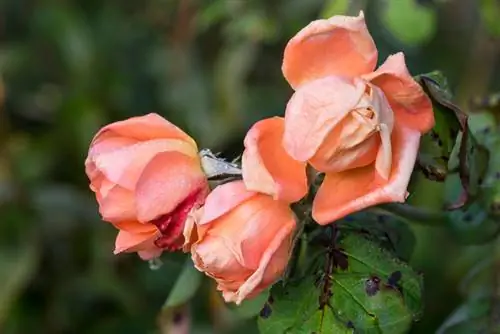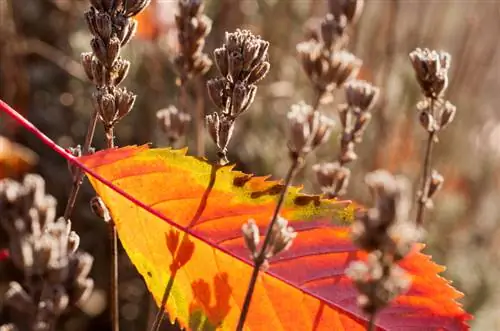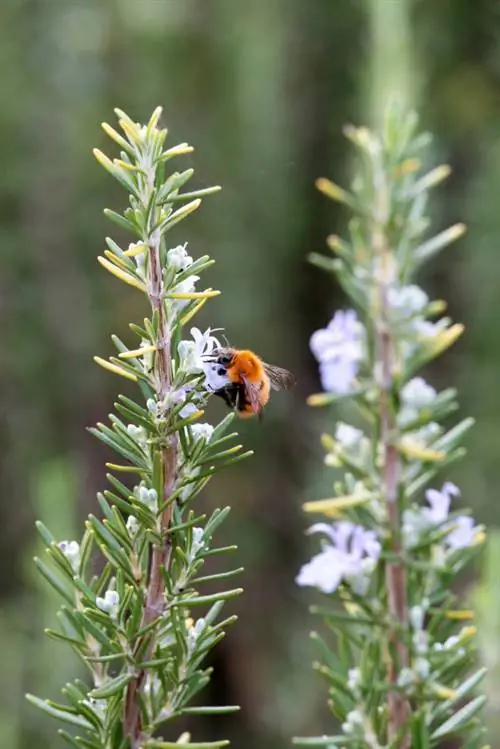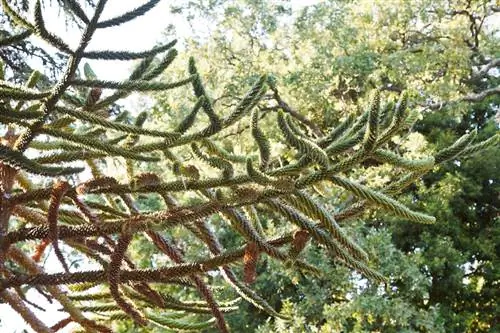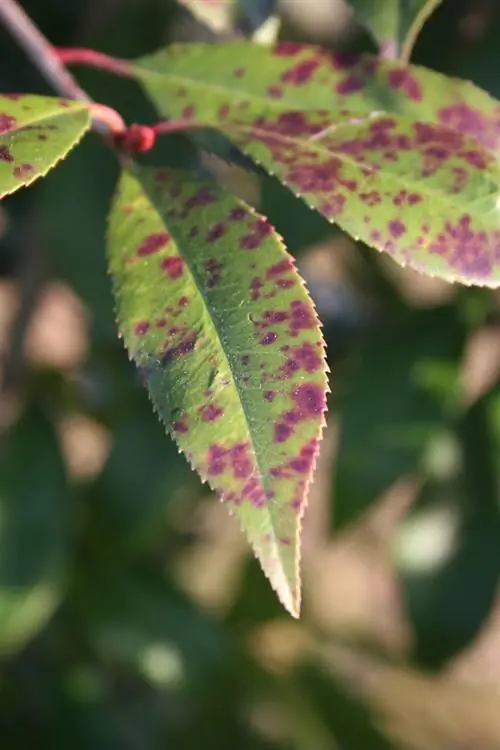- Author admin [email protected].
- Public 2023-12-16 16:46.
- Last modified 2025-01-23 11:20.
As beautiful as the “Queen of Flowers” is, she is susceptible to fungal infections.
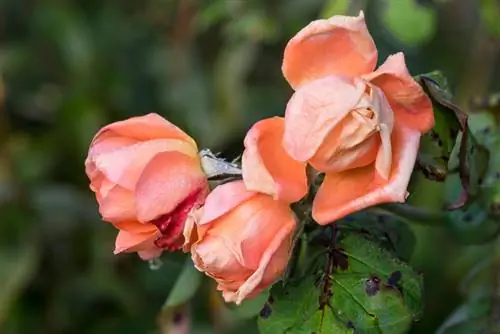
Why do my roses have brown spots?
Brown spots on roses can be caused by fungal infections such as downy mildew, rose rust, sooty mold, leaf and stem rot or bark spot. To avoid them, you should pay attention to plant hygiene, treat susceptible varieties in spring and remove affected foliage in a timely manner.
Fungal infections cause brown spots on roses
Brown spots on leaves or shoots are usually the result of a fungicidal disease, which can be caused by various pathogens. Treatment involves vigorous pruning; if the infestation is severe, spraying with fungicides is often necessary. The vast majority of mushrooms feel particularly comfortable in damp weather, which is why roses should always be in an airy location - the leaves can dry out more quickly when it rains.
Downy mildew
Downy mildew is noticeable through rusty red spots on both the leaves and the shoots. The problem with downy mildew is the fact that the fungus Peronospora sparsa penetrates very deeply into the tissue and is therefore difficult to combat.
Rose Rust
Rust fungi cause leaf chlorosis (i.e. the foliage turns significantly lighter, even yellow) and rust-colored spots on the leaves. The affected leaves die and are eventually dropped, and the entire plant is also significantly weakened.
Star sooty dew
The leaves can also turn yellow if infected with Diplocarpon rosae, the pathogen that causes star soot. More typical, however, are the very dark, more black spots that become larger as the disease progresses. Diplocarpon rosae spreads mainly through flying spores.
Leaf and stem rot
This disease is caused by the fungus Cylindrocladium scoparium, which initially causes brown spots on the leaves and then causes them to die. In addition to the leaves, shoots and roots can also be affected, which eventually begin to rot as the infestation progresses.
Bark spot disease
The main cause of bark spot disease is fertilization of roses with a high nitrogen content. The brown to reddish-purple spots appear primarily near shoot buds.
Prevention is better than cure: plant hygiene is particularly important
Since fungal diseases are very difficult to combat - after all, the pathogens penetrate deep into the plant tissue and can only be removed through a courageous cut into the he althy wood - it is better to prevent an infestation. This not only includes spraying susceptible rose varieties with pesticides in spring, but also adhering to basic plant hygiene rules. Leaves - both fallen ones and those still on the bush - should always be disposed of in autumn, as the fungal spores overwinter on them and thus cause a new infection in the following spring.
Tip
Just as important as removing the leaves is regular pruning and thus the rejuvenation of the rose bush. The cutting tool should always be sharp and well disinfected - ideally with high-percentage alcohol.

